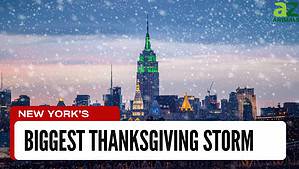The polar regions are the coldest places on Earth and differ the most from every other habitat on the planet. During the summer months, the days receive 24 hours of pure sunshine but during the winter, the sun is barely seen at all. Animals that inhabit nature’s freezers have to be well adapted to living in the cold, and often have a thick layer of fat or blubber to help to keep them warm.
Numerous species of animal can be found inhabiting these hostile conditions successfully and from various groups within the animal kingdom. Many however, are being severely threatened by habitat loss to both growing Human settlements and the decreasing amount of flat ice thanks to global warming, with the spring melt happening earlier and faster year after year.
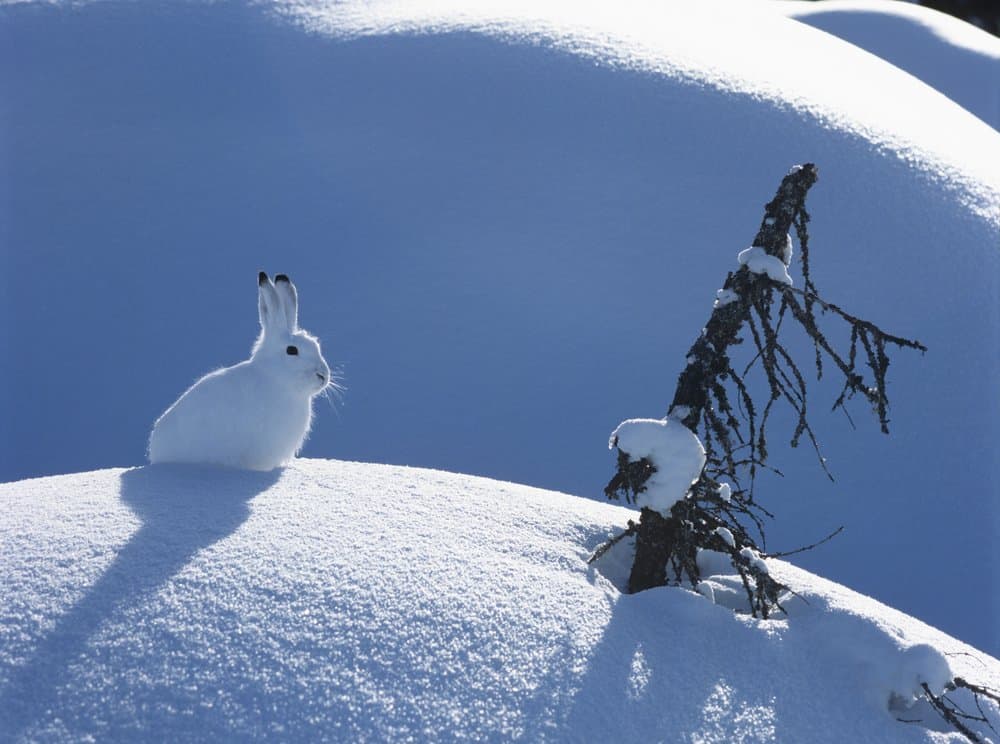
Arctic hares
thrive in treeless tundras found in the northern portions of the North American continent and are not deterred by the bitter cold found in these places for much of the year.
©sirtravelalot/Shutterstock.com
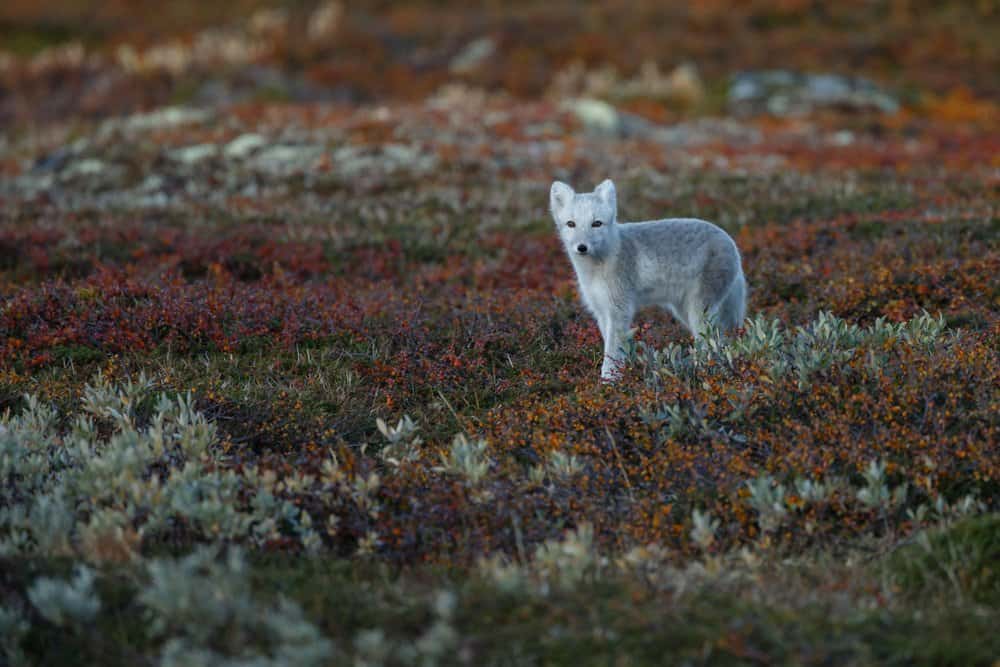
Thick ears, short muzzles, and multilayer pelage help
Arctic foxes
survive freezing environments.
©Menno Schaefer/Shutterstock.com
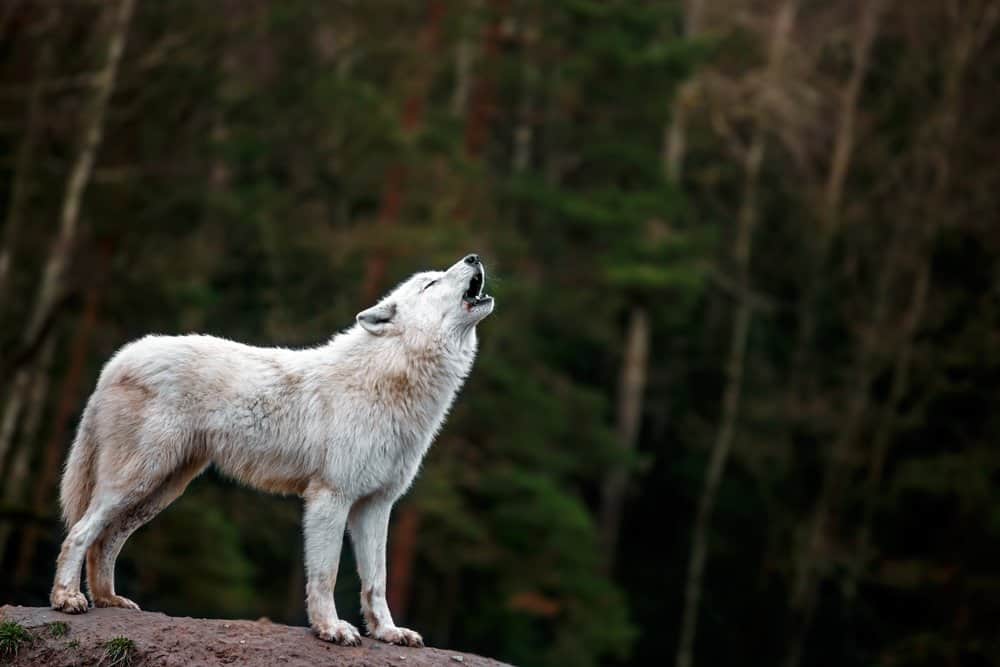
The
Arctic wolf
‘s coat consists of two layers. The upper layer gets thicker as the temperature drops, and the layer closest to the wolf’s skin is waterproof which helps them stay dry and maintain their body heat in subzero temperatures.
©Josef_Svoboda/Shutterstock.com
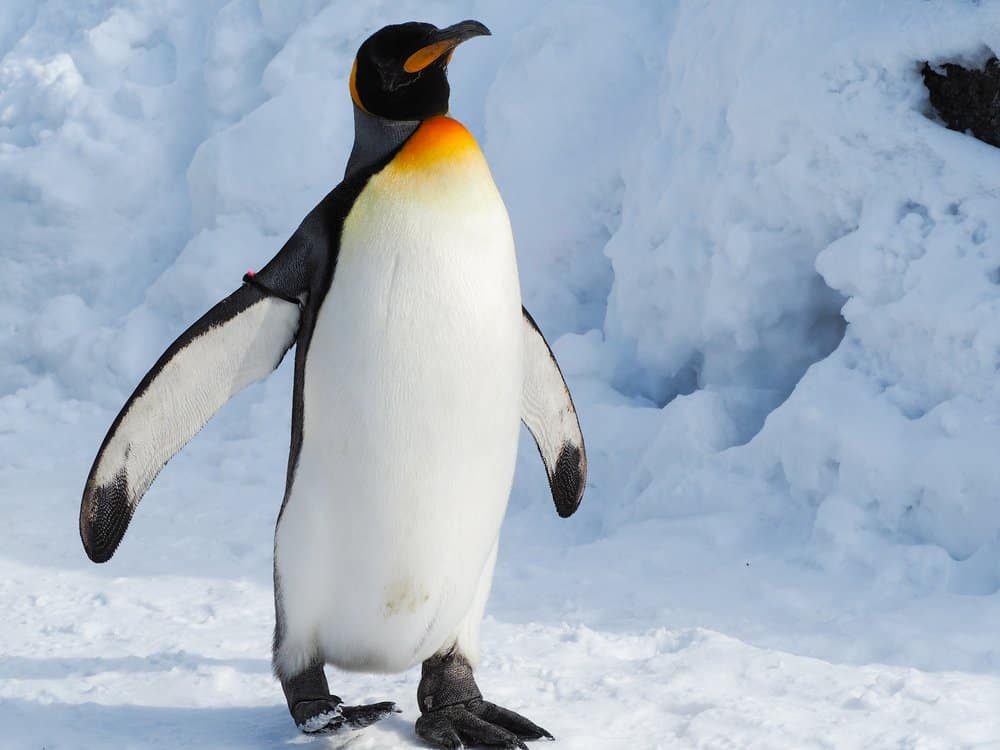
The
Emperor Penguin
is found on and around the Antarctic continent and is the largest species of penguin in the world.
©Joey_Danuphol/Shutterstock.com
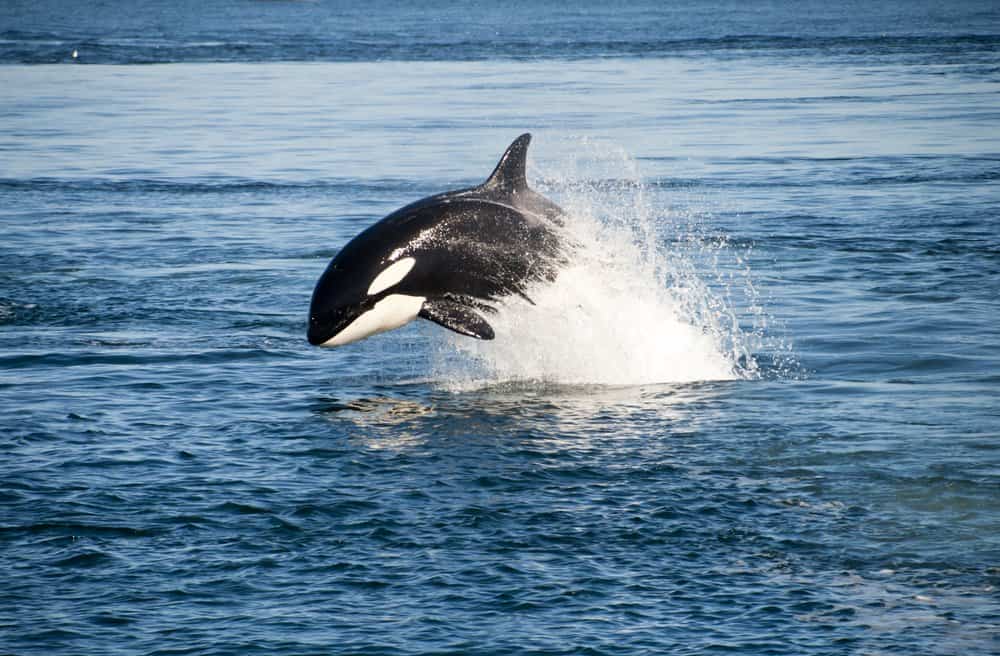
Killer whales
, or orcas, live in oceans all over the world but are especially plentiful in the cold waters in the Arctic, Antarctic and around Norway.
©qingqing/Shutterstock.com
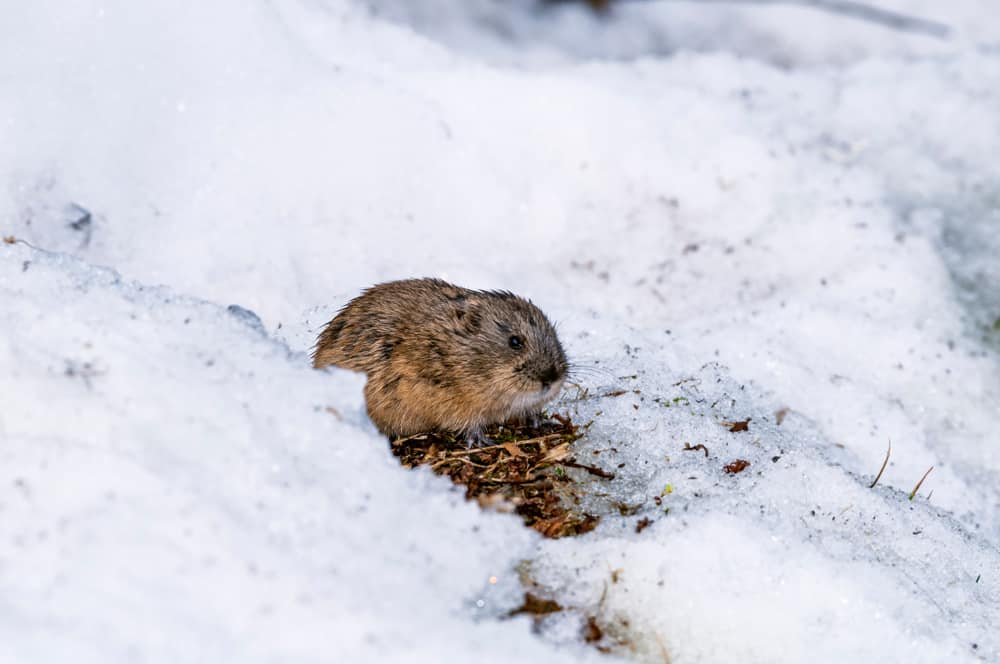
One of the smallest rodents,
lemmings
are known to live in or around the Arctic circle.
©Nick Pecker/Shutterstock.com
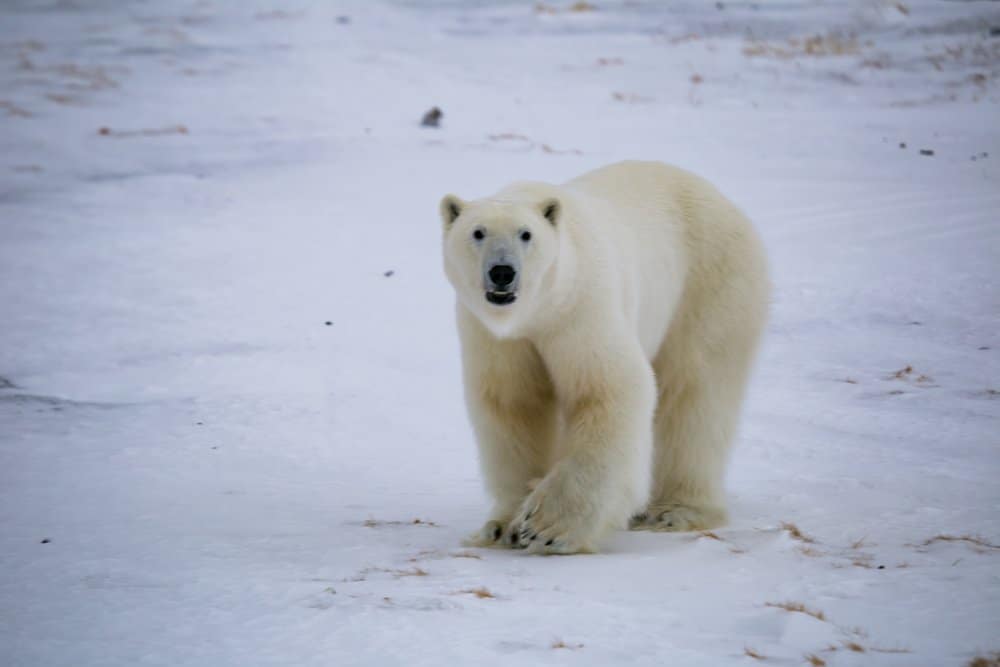
Around 60% of
polar bears
can be found in northern Canada with the remaining individuals distributed throughout Greenland, Alaska, Svalbard and Russia.
©JoannaPerchaluk/Shutterstock.com
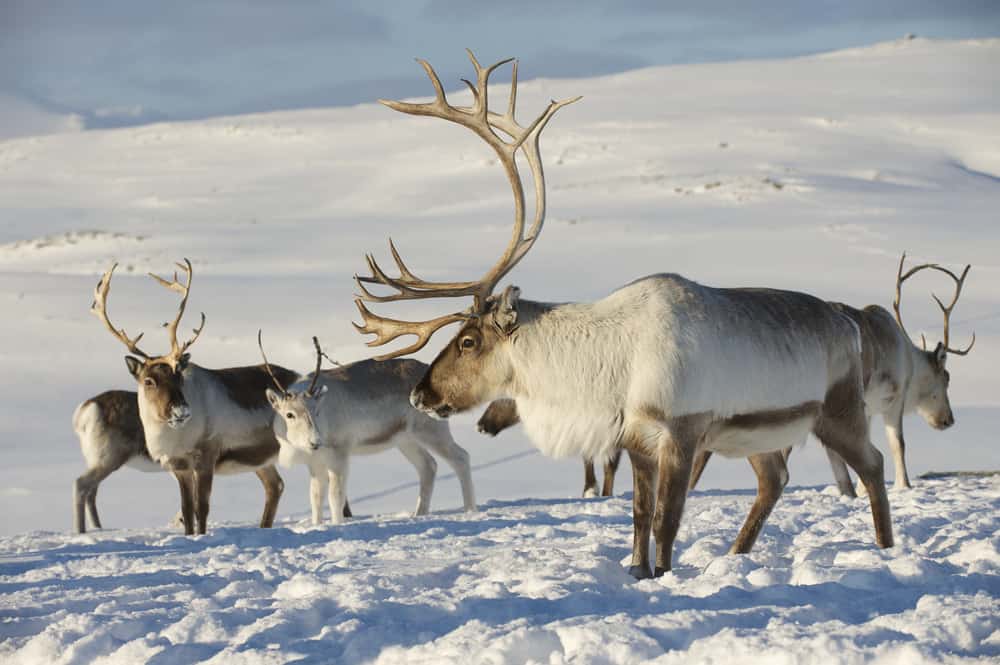
A
reindeer
uses its nose to warm the air it breathes before it enters the lungs.
©Dmitry Chulov/Shutterstock.com
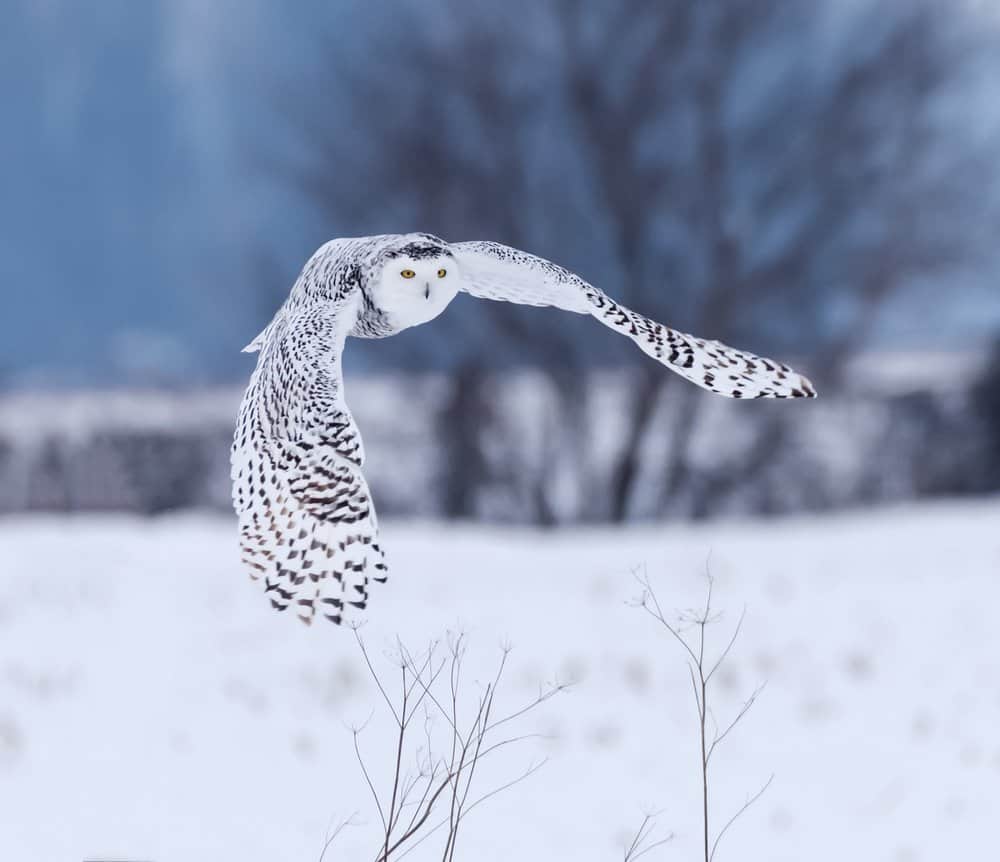
Snowy owls
have feet that are covered with dense, fluffy feathers to insulate them against the arctic snows.
©FotoRequest/Shutterstock.com
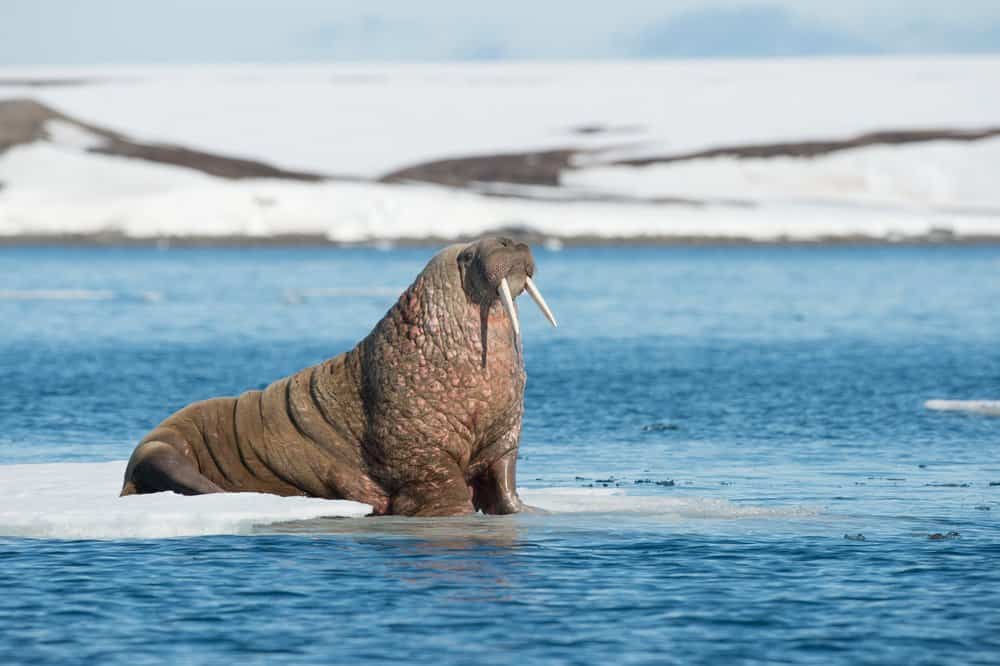
In winter months when the ice is at its thickest,
walruses
tend to prefer areas of thinner ice that they can easily break through to the surface from the water underneath.
©Inge Jansen/Shutterstock.com
Summary
Here is a list of animals that are living in the polar regions:
| No. | Animal Name |
|---|---|
| 1 | Arctic Hare |
| 2 | Arctic Fox |
| 3 | Arctic Wolf |
| 4 | Emperor Penguins |
| 5 | Orca |
| 6 | Lemmings |
| 7 | Polar Bears |
| 8 | Reindeers |
| 9 | Snowy Owls |
| 10 | Walrus |
Next Up…
- Marsh vs Swamp: What’s the Difference?: As long as we are discussing environments and ecosystems, Marshes and Swamps require a special place. Here are some differences between the two ecosystems.
- 8 Incredible Pacific Ocean Islands: Looking for exotic places to explore? Here are 8 pacific island that will attract you.
- Animals in Madagascar: Madagascar is one of the most unique ecosystems in the world. Learn about the animals that call it their home.
The photo featured at the top of this post is © Blanka Berankova/Shutterstock.com
Sources
- David Burnie, Dorling Kindersley (2011) Animal, The Definitive Visual Guide To The World's Wildlife
- Tom Jackson, Lorenz Books (2007) The World Encyclopedia Of Animals
- David Burnie, Kingfisher (2011) The Kingfisher Animal Encyclopedia
- Richard Mackay, University of California Press (2009) The Atlas Of Endangered Species
- David Burnie, Dorling Kindersley (2008) Illustrated Encyclopedia Of Animals
- Dorling Kindersley (2006) Dorling Kindersley Encyclopedia Of Animals
Thank you for reading! Have some feedback for us? Contact the AZ Animals editorial team.






